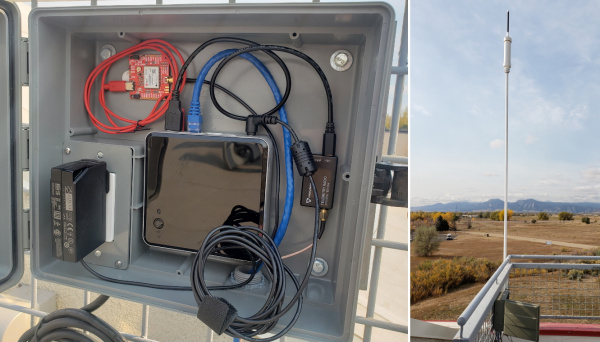How to Build a DIY GNSS Reference Station
Introduction
GNSS Real Time Kinematics (RTK) is amazing but one of the major confusion points is getting access to correction data. We’ve covered how to get publicly accessible RTCM correction data in previous tutorials but it can be spotty. We’ve covered how to set up your own temporary base to send RTCM correction data over a telemetry radio link, but what if you are a kilometer or more from your base? This tutorial will focus on setting up your own fixed antenna on your roof or other fixed structure and configuring a mini-computer to serve that data over the internet where it can be accessed by WiFi or more commonly, from a cellular phone or modem. Consider this the sequel to Setting up a Rover Base RTK System.
Suggested Reading
Before getting started, be sure you are comfortable with Getting Started with U-Center and be sure to checkout our What is GPS RTK? tutorial.
What is GPS RTK?
Getting Started with U-Center for u-blox
GPS-RTK2 Hookup Guide
Setting up a Rover Base RTK System
We’re going to talk a lot about NTRIP. I found all the descriptions and graphics describing NTRIP to be frustratingly confusing. NTRIP is just a fancy means of getting correction data from a spot, over the internet, to a rover. Think of it like a music stream for your rover. For your rover to jam, you need to provide it a constant source of music. There’s a ton of services out there for music (youtube, Spotify, Pandora). Similarly, there are all sorts of sources for RTCM (Trimble, Leica, Telit, etc). All these RTCM services charge different amounts of money and act just differently enough to be confusing. But all I want is my music!
This tutorial will show you how to generate your own GNSS correction data and push it to the internet, all for free (or the cost of a dedicated mini-PC if you need it)! You’ll be your own music streaming service! Your rover will be able to listen to that correction data using a cell phone connection. Yes we will talk about NTRIP clients and servers and mount points, but don’t worry; it’s just passing bytes from one computer to another over the internet.
